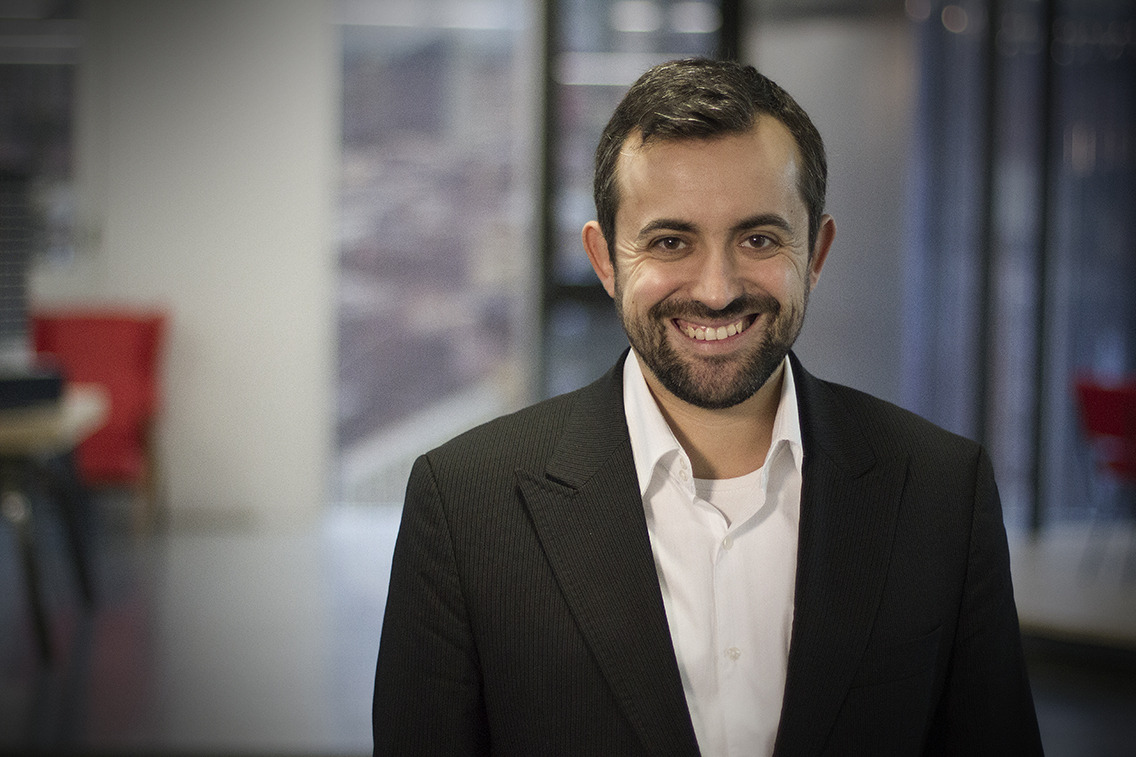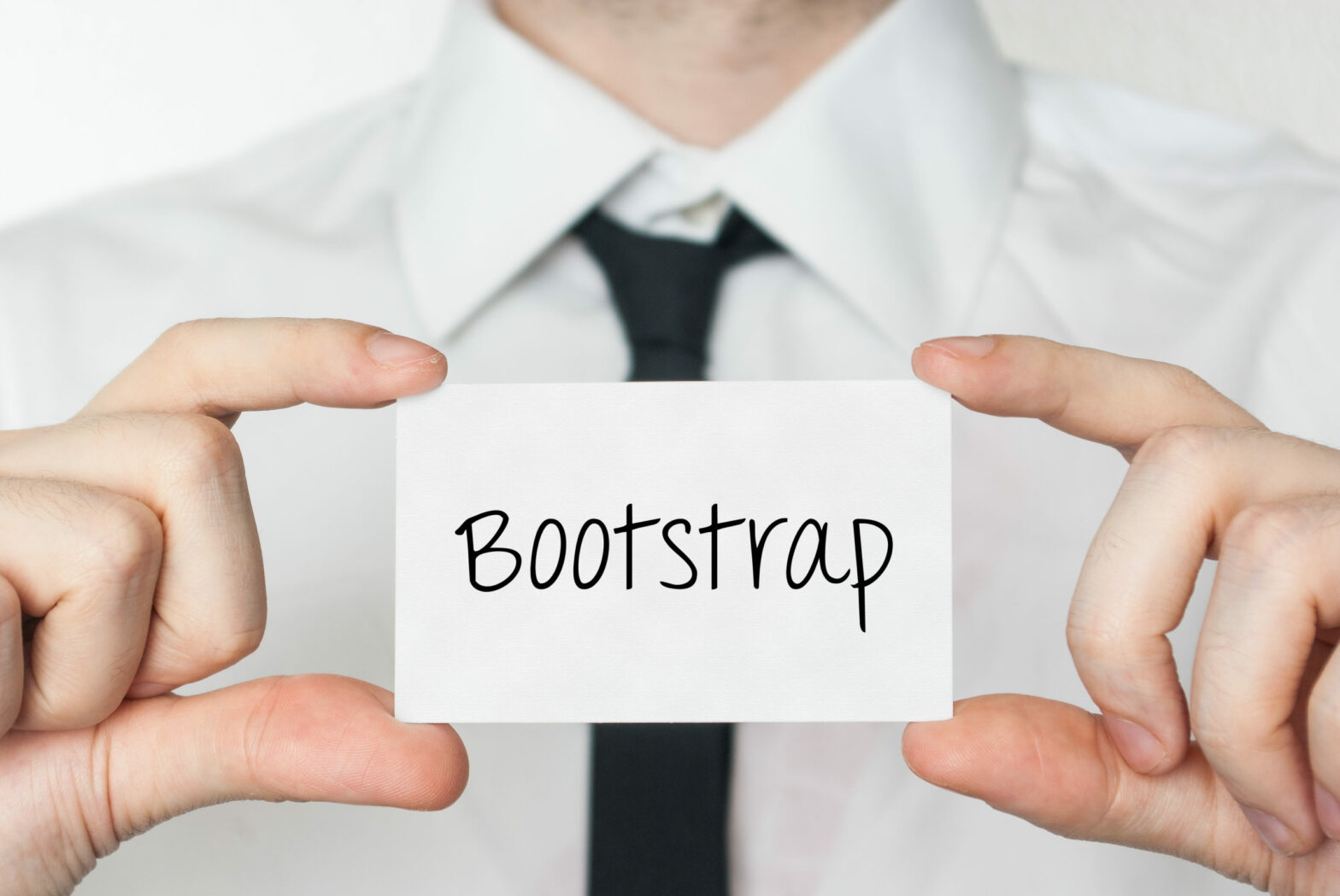Having first gained notoriety through Kickstarter and its rewards-based approach, crowdfunding in Britain has seen a particular uplift to the equity front – where companies offer an equity stake in exchange for funding.
Equity platforms Seedrs and Crowdcube have been successful in attracting both companies looking for capital, and investors hoping for higher returns.
The two platforms provide a way for businesses to place a pitch online, and then secure start-up/expansion capital from a range of angel investors.
The founders of Crowdcube and Seedrs are hoping to build on the success achieved in the UK by extrapolating what has been created for new, global markets.
We’ve sat down with Seedrs co-founder Carlos Silva and Crowdcube co-founder Luke Lang to find out what their new plans involve.
In this section of the two-part special, we’ve quizzed Silva on what we can expect from Seedrs. The platform has already smashed its investment target by raising £1.26 million in a unprecedentedly-fast manner. It is also launching cross-border in Europe as it looks to build on its 25,000 registered members and run-rate of 48 deals in 16 months.
Carlos Silva:
(1) How has the equity crowdfunding market changed since Seedrs started out?
There wasn’t a market when we started out. My co-founder, Jeff Lynn, and I started developing Seedrs in 2009 and at that time there were no other platforms doing equity crowdfunding. Now, it is a much more crowded space with increasing numbers of platforms launching, weekly, it seems.
More and more entrepreneurs are seeing this as an obvious first place to raise early-stage investment and people see this as an engaging, fun way to grow their capital as investors. Even a year ago it wasn’t well-known but it is becoming increasingly mainstream.
(2) How has progress been in getting companies and investors signed up?
Great! Seedrs already has over 26,000 registered members on its books who have funded 49 deals in the 16 months since launch. While Seedrs has only been available to UK residents before this week, the company has been growing at an annualised rate of more than 600 per cent and we expect even faster growth now that we are operating Europe wide.
(3) What have the challenges been so far?
Obtaining authorisation by the Financial Conduct Authority (FCA, then known as the Financial Services Authority or FSA) was easily the greatest challenge. Offering shares in private companies to a wide group of investors falls squarely within financial regulation – indeed, it’s one of the main purposes of financial regulation in almost any country – and under UK law, we needed the approval of the regulator in order to operate.
However, no equity crowdfunding platform anywhere in the world had previously obtained regulatory approval, and many people thought doing so would be impossible. So we spent 18 months building the platform and designing every aspect of the model before we even went to the FCA; it was then a 13-month review process before we finally got authorised. The whole process was a professional and emotional challenge of the highest order, but it was also a great accomplishment when it was done.
(4) How have the discussions on regulation had an impact?
The FCA consultation paper that came out in October hasn’t really had an impact on us and our model. We were pleased to see that the proposals hew very closely to the model we developed. In particular, the focus on screening investors based on their understanding of risk, rather than how wealthy they are or how much they have invested in the past, is due to be enshrined in law; while seemingly obvious now, this was a significant innovation when we developed our Investment Authorisation Questionnaire.
More broadly, we think the FCA struck a balance with its proposed rules that will allow crowdfunding to flourish and will continue to put the UK and Europe at the centre of this investing revolution.
(5) What kind of trends have you seen emerge regarding successful pitches?
Having an engaging, well shot video is a necessity for any successful campaign. Our main objective is to make traditional offline more efficient but that’s not to say there isn’t still a lot of value in ‘seeing the white of an entrepreneur’s eyes’ when investing online.
Valuation is also an important component of funded campaigns. Entrepreneurs need to be prepared to justify their valuations if they’d like people to invest in their high-risk businesses.
Find out more about Seedrs:
(6) What made you decide now was the right time to move the offering into Europe?
We have always seen this as an international, and potentially global, business. National boundaries become artificial when you move online, and the notion that a Brit should only be able to invest in British start-ups, a German in German start-ups and an Estonian in Estonian start-ups seems silly.
Our goal is to open startup investing as widely as we can, and a key part of that is about exposing investors to dealflow wherever it’s located, and giving start-ups access to capital wherever it’s located.
In terms of timing, we wanted to do this expansion as soon as we felt we had proven the model well enough in the UK, and gained enough of an international reputation, that we would be well-received as we moved into further countries. We feel we have now achieved that.
(7) What work has gone into creating a European offering?
We wanted to make sure that when we opened up to Europe that we did it properly. We always strive to provide as good a user experience as possible so we wanted to make sure that we had the internal processes to deal with international investors and entrepreneurs, that the payment systems where adequate and that the deals’ structure was one that provided everyone, regardless of where they are based, with the protections and participation rights professional investors have.
And, we wanted international investors to really invest, use and be a part of Seedrs, not of a white label, third-party using just our brand in a single county.
(8) How popular is equity crowdfunding in the rest of Europe?
There are a number of mostly country-specific platforms emerging but it is still early-days for equity crowdfunding and there’s a lot of room for it to grow. The market is still nascent. That is what is so exciting about opening up a pan-European platform – it gives people interested in investing or raising investment greater access without focusing our efforts in specific countries where there may not be as much take-up. Once we establish ourselves as the professional player in this space and get a few European startups funded, we’ll let you know!
(9) Are serial angels on the continent seeing crowdfunding as a way of allocating capital?
If the UK is any indication, European angels will see us as a great way to access massively increased deal flow, further diversify their portfolio by investing smaller amounts of capital across more deals and as a great way to top-up offline rounds.
(10) Was your own platform the only way you would think about raising money for Seedrs?
Actually, we had already raised a significant amount of money from angels and institutional investors before we did this round. But we’re raising on our own platform because we think it’s a good commercial and marketing decision.
Part of it is that many of our users have asked for this opportunity, and we think it would look strange (and indeed be wrong) for us to promote democratised investing but then run off, raise our money only from institutions and cut out our customers. Part of it is that we want to create as big a base of mavens and supporters: we’d love to see 500 people invest in us, because that would be a massive base of people who would use us, get their friends to use us and bore everyone they talk to about how great we are; it’s hard to get better marketing than that, and indeed that’s one of the main benefits that other entrepreneurs who use us to raise capital cite as the reason they came to us.
Finally, part of it very bluntly is about ‘eating our own dog food’: I would of course say that we make caviar rather than dog food, but the reality is that we will learn a huge amount by going through this process about what works well in our campaigns and what doesn’t, and we’ll use that experience to improve the platform.
None of this is to say that we’re anti-VC, and we may well look to do a VC round down the road. But it would have been complicated to combine a VC and crowd round, so we decided to get the benefits of doing the crowd round first before we raise institutional capital.
And later on, who knows? I think there are some wonderful VCs in London and across Europe, but VC isn’t the be-all and end-all of business growth; depending on how our customers and the public respond to this round, we might look to continue to grow with public capital all the way up to a listing.
(11) What else can we expect from Seedrs in the next year?
We want to greatly improve the experience for our users, particularly our international users for whom the experience is still not up to par with the one we provide our UK users, to increase socialisation and social engagement on the platform and we want to continue forging fantastic partnerships with the top accelerators, incubators, VCs and angels across Europe.
To find out about Crowdcube from co-founder Luke Lang, click here.
>See also: Free guide on using equity crowdfunding to finance business growth






